Lenses help researchers mimic the way massive cosmic objects bend light—bringing the elusive effects of gravitational lensing to Earth.
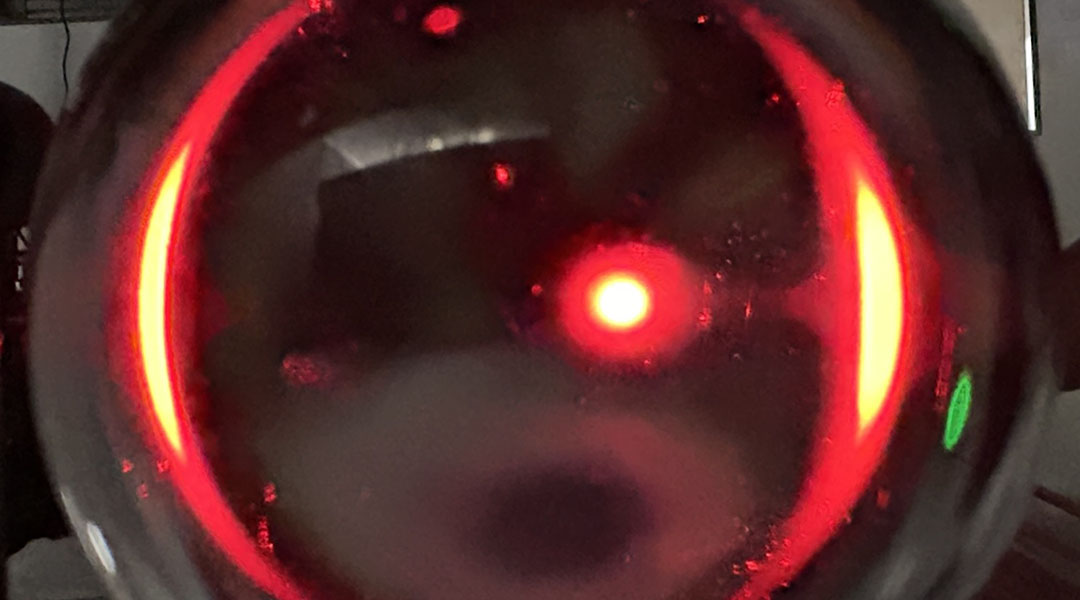

Lenses help researchers mimic the way massive cosmic objects bend light—bringing the elusive effects of gravitational lensing to Earth.
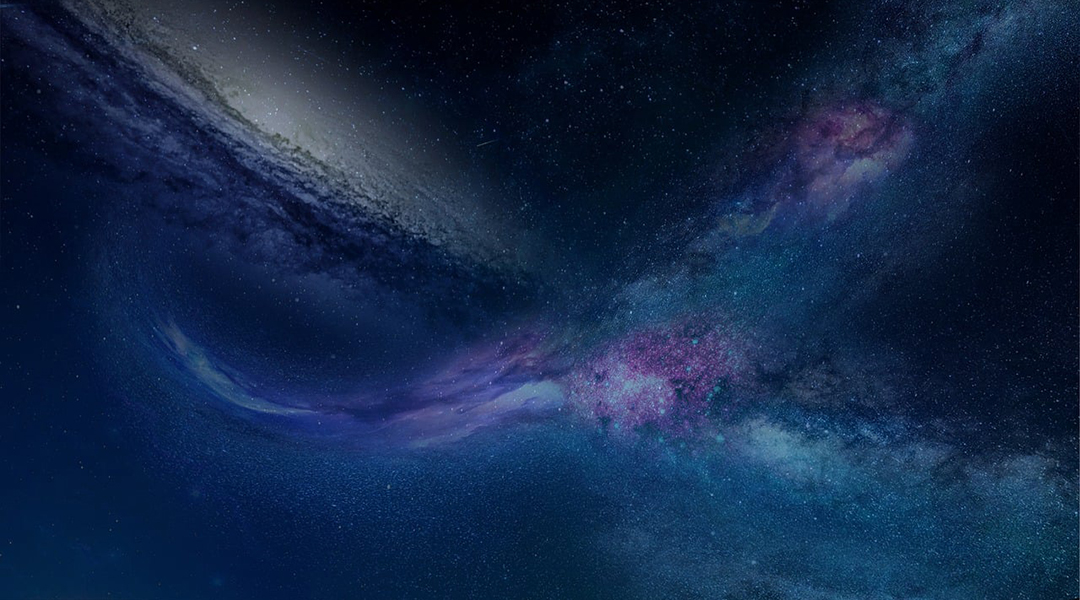
The discovery of colossal structures like the Big Ring is reshaping established theories about the physics of the Universe.
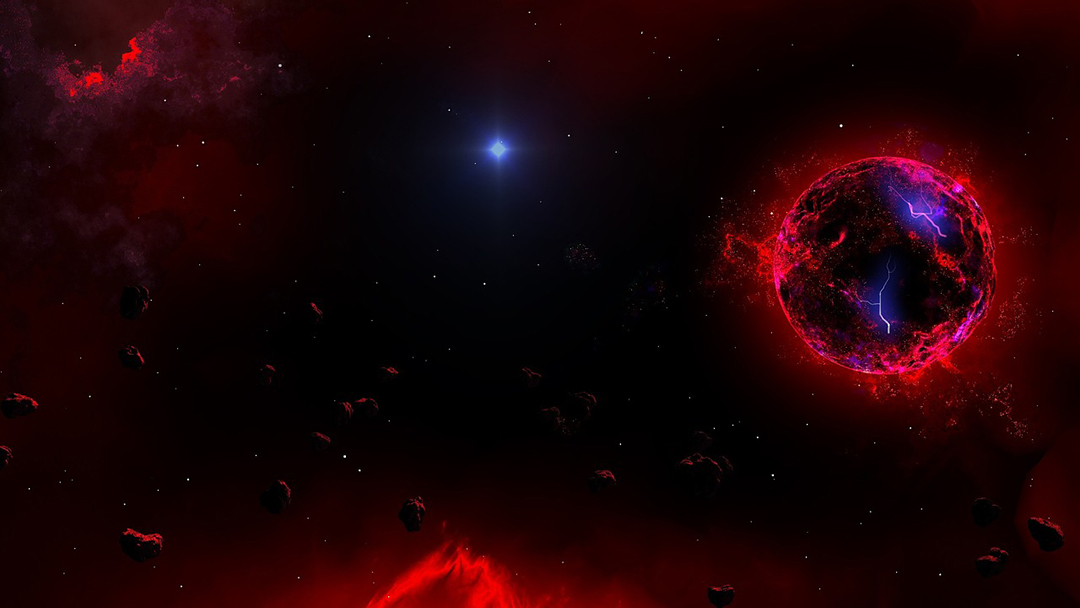
Could neutron stars hold the key to observing dark matter? Researchers believe studying them might one day reveal this elusive substance.
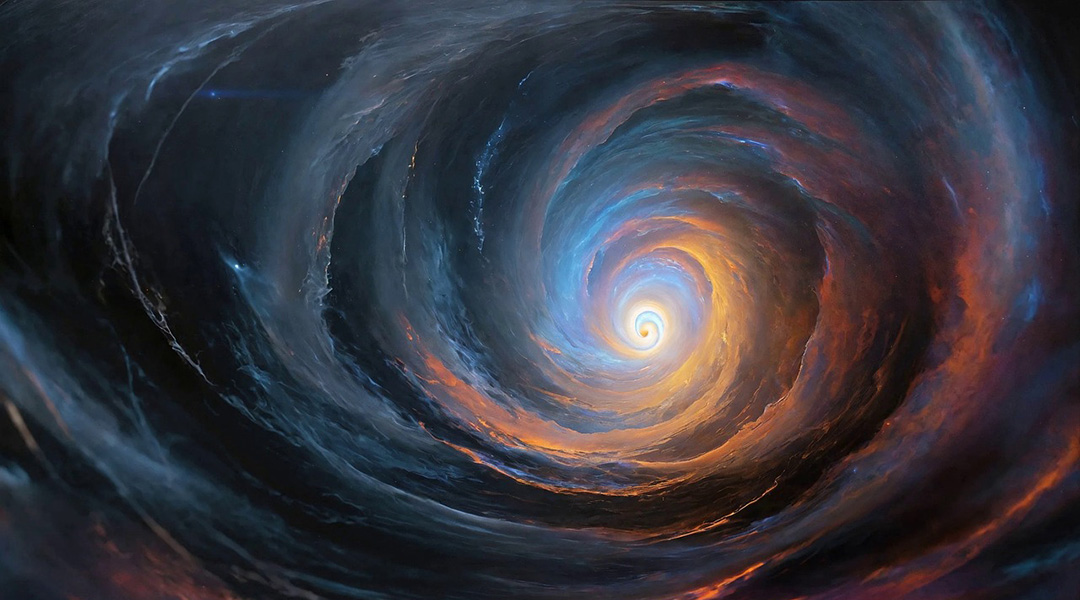
Even tiny deviations in pendulum behavior caused by quantum gravity could be clearly noticeable, say researchers.
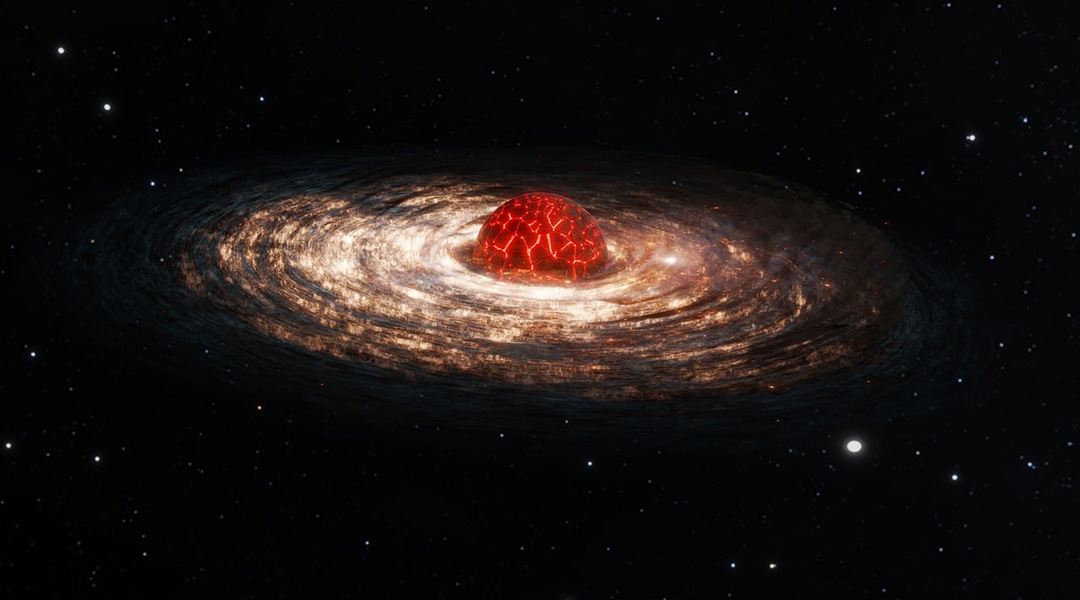
While dark matter’s enigmatic nature persists, Proca stars made of dark photons could help shed light on this cosmic mystery.
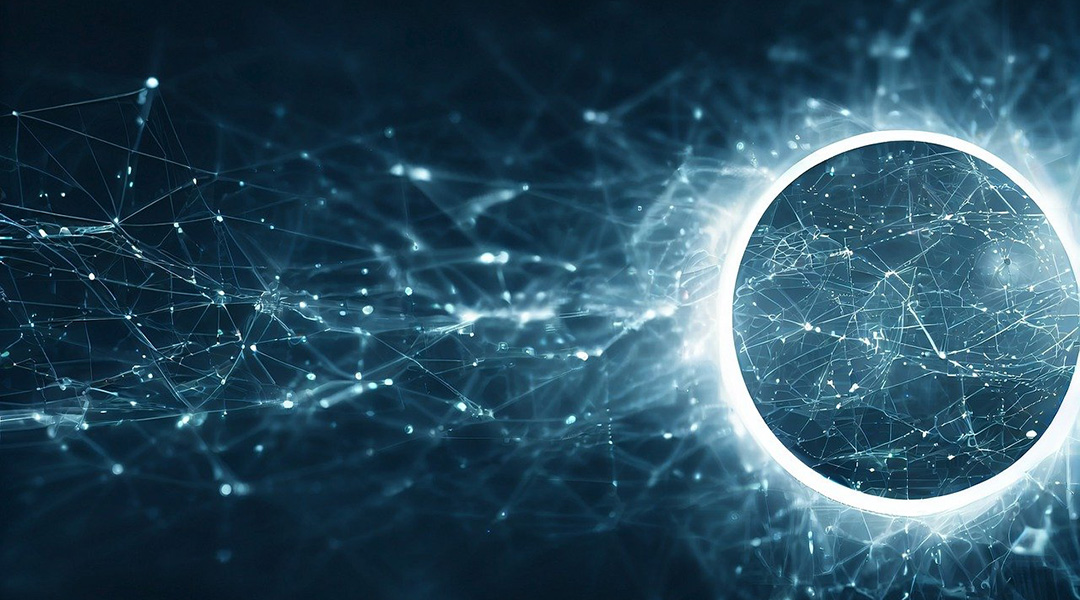
Gaining an understanding of quantum gravity could help scientists uncover some of the Universe’s deepest mysteries.
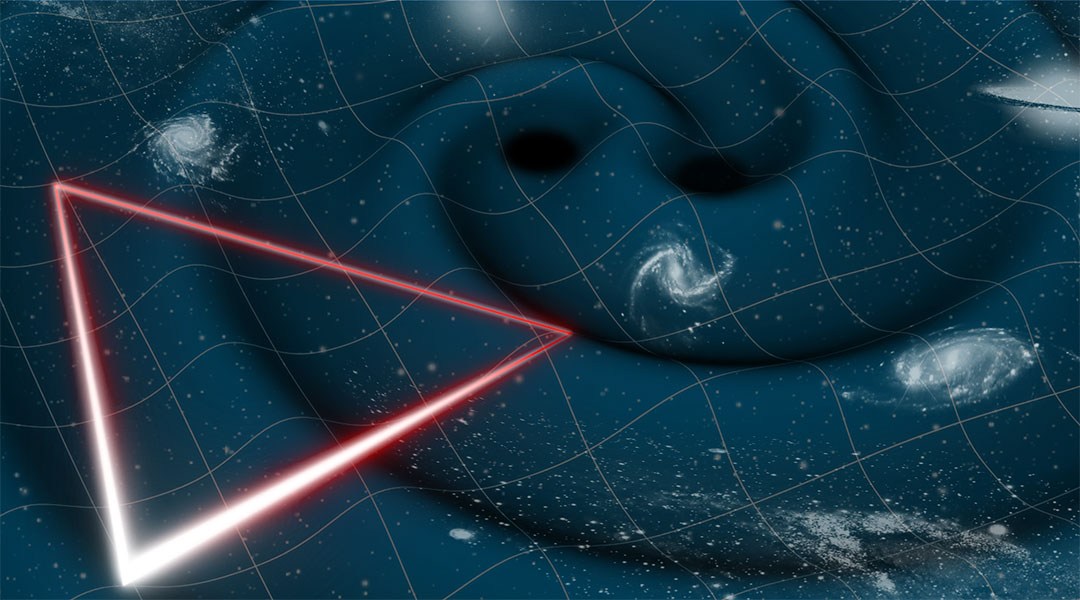
ESA greenlights LISA, a space-based observatory poised to detect gravitational waves across space and time.
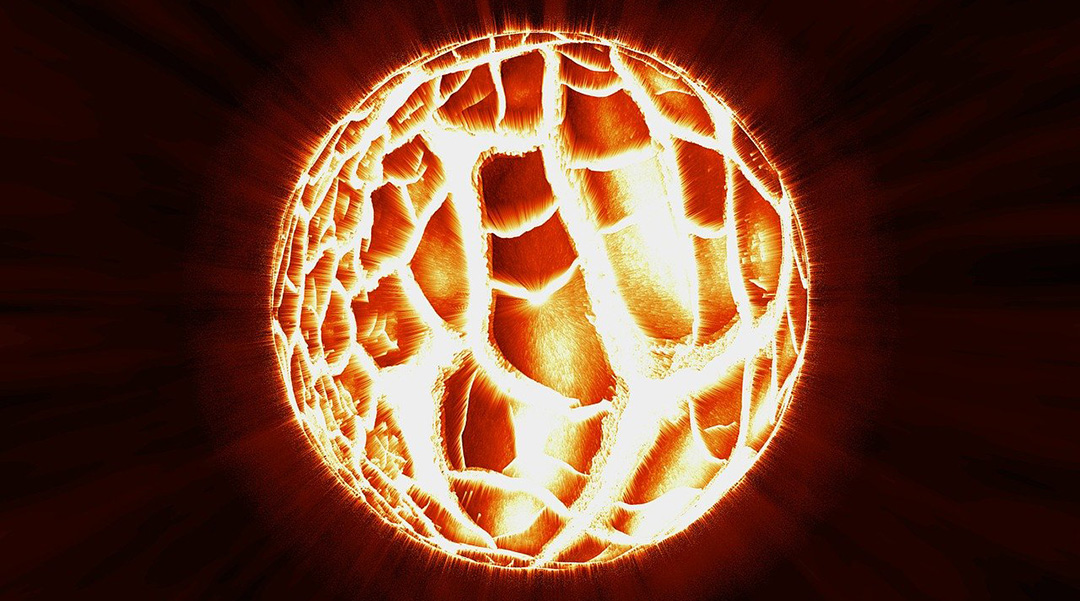
Massive neutron stars have such enormous pressure in their cores that neutrons residing there lose their integrity and become a new type of matter.
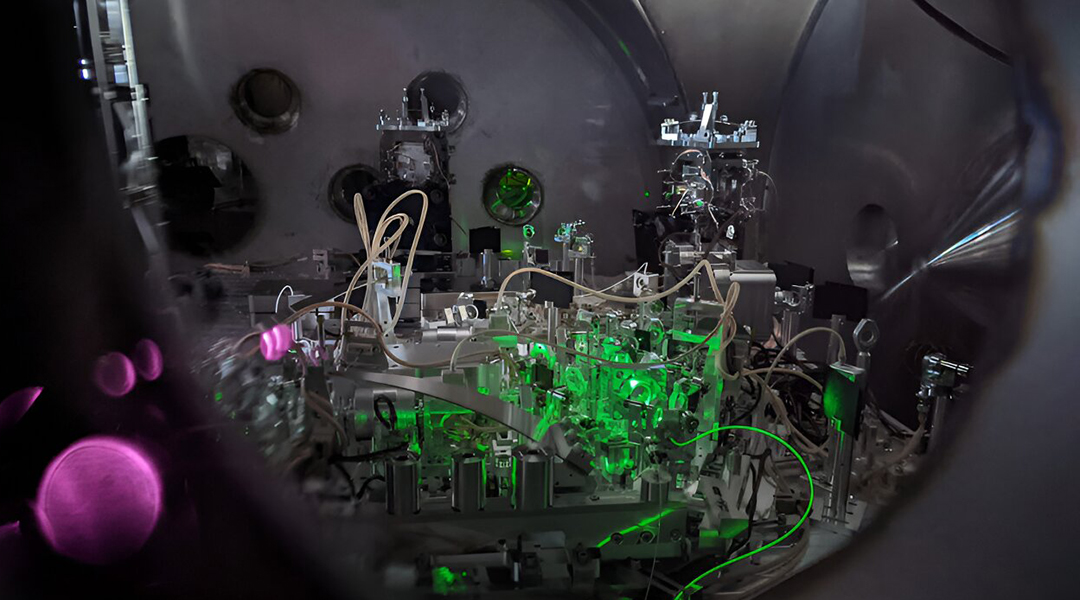
Physicists working on LIGO have surpassed the quantum limit to enhance gravitational wave detectors and revolutionize astrophysical observations.
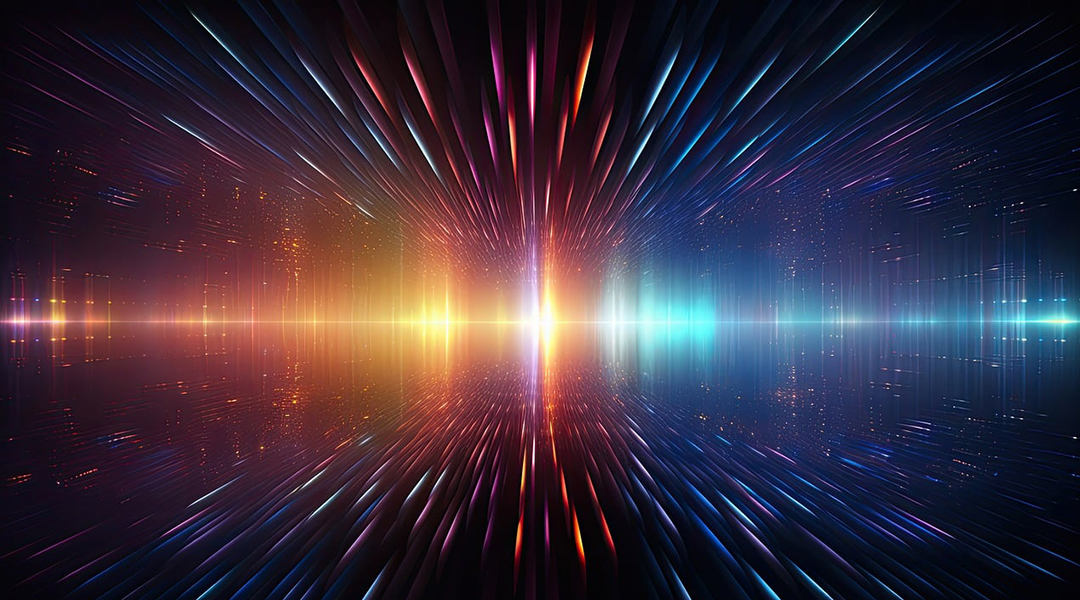
A team of international scientists has unveiled a solution to the age-old challenge of generating high-energy radiation.